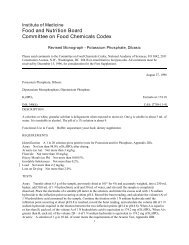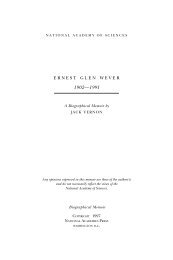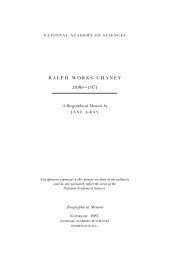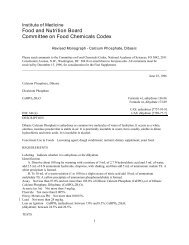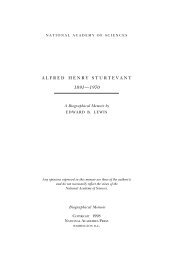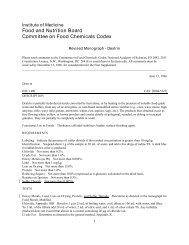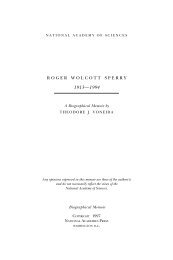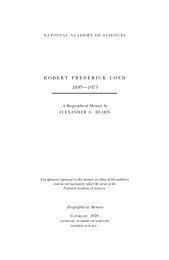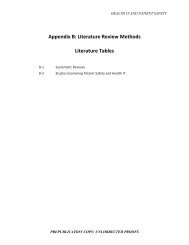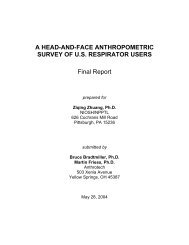LARS ONSAGER - The National Academies Press
LARS ONSAGER - The National Academies Press
LARS ONSAGER - The National Academies Press
You also want an ePaper? Increase the reach of your titles
YUMPU automatically turns print PDFs into web optimized ePapers that Google loves.
<strong>LARS</strong> <strong>ONSAGER</strong> 197<br />
Though they arose in Onsager's mind from his studies of<br />
electrolytic conduction, he soon recognized their application<br />
to the cross-coefficients for the diffusion of pairs of solutes<br />
in the same solution (1932,1) and the varied interactions that<br />
can occur between thermal conduction, diffusion, and electrical<br />
conduction.<br />
<strong>The</strong>rmal diffusion was an important special case: the temperature<br />
gradients set up by the interdiffusion of two gases<br />
have their counterpart in the partial separation that occurs<br />
when a temperature gradient is applied to a mixture of gases.<br />
At the beginning of World War II Onsager published two<br />
important papers on this subject (1939,2 and 1940,1). In a<br />
comprehensive review of the experimental evidence several<br />
years later, D. G. Miller 13 concluded that the reciprocal relations<br />
were obeyed, within experimental error, in all the varied<br />
physical situations in which they had yet been checked. Eight<br />
years later still, they earned their discoverer the Nobel Prize.<br />
Onsager himself set much store by the Principle of Least<br />
Dissipation, which—for systems very close to equilibrium—<br />
he showed to be mathematically equivalent to the reciprocal<br />
relations. <strong>The</strong> passage of time has perhaps modified this<br />
judgment; though the Principle was later generalized by<br />
Onsager and Machlup (1953,1,2) and supplied with new<br />
theoretical foundations, it does not in fact hold for substantial<br />
departures from equilibrium and, in any case, it is the<br />
reciprocal relations that are directly accessible to experimental<br />
test.<br />
Onsager remained at Brown until 1933, when the economic<br />
depression made it necessary for his appointment to<br />
be discontinued. It would have been impossible for the<br />
Chemistry Department to convince the University that his<br />
services as a teacher were indispensable.<br />
13 D. G. Miller, "<strong>The</strong>rmodynamics of irreversible processes: the experimental verification<br />
of the Onsager reciprocal relations," Chem. Revs. 60(1960):15-37.



